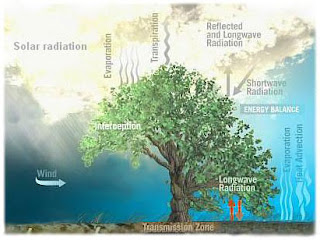Spotting Venus in the daytime will put you in an exclusive club: the handful of folks around the world who've ever seen a planet besides our own during daylight.
Here's how to do it:
Go out before sunrise. You can't miss Venus, a brilliant beacon hovering in the predawn eastern sky.
Next, find a good reference point. I suggest standing on the west side of your house or another building and sighting Venus over the roofline. Then project where Venus will be after sunrise. It will follow the same basic path as the sun across the sky, up and to your right.
Once the sun is up, you'll have a guidepost to use in finding Venus. You don't need a telescope.
If you plan to get up before sunrise Tuesday (Dec. 14) to watch the Geminid meteor shower, you'll easily spot Venus, and you can extend the skywatching opportunity to just past dawn.
Venus appeared as a stark pinpoint of white light against the blue morning sky. It is extremely hard to find if you don't know exactly where to look, but once you find it, it's startling how bright it is.
This is how it works:
Venus shines with reflected sunlight. Because it is closer to the sun than Earth is, its orbital path never takes it very far from the sun from our point of view. Venus is always behind or in front of the sun (when we can't see it) or off to one side (when we can see it).
That's why Venus is often called the Evening Star or the Morning Star — depending on which side of the sun it's on. That's also why you never see Venus overhead in the night sky.
Outer planets, like Jupiter, can be opposite the sun in our sky, and therefore overhead at night.
Because of its size and relative closeness to us, Venus is brighter than any other planet, and only the sun and moon shine brighter.
If you have lots of patience to gaze at Venus nonstop for several minutes, or if you don't have a roofline handy, you can simply find Venus just before the sun comes up, and keep your eye on it until the sun's rays strike your face. Either trick will work any morning this month as Venus continues to shine brightly as the Morning Star —or, as some have called it, the Christmas Star.
Source: space.com













